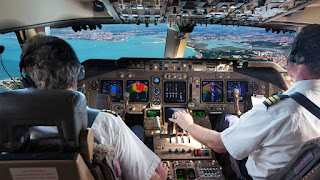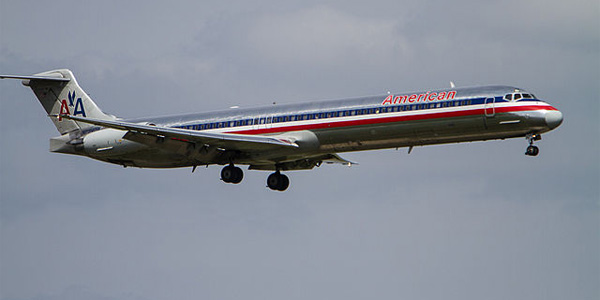 |
| Image source: nasa.gov |
The idea behind the blended wing body in aircraft is to provide a configuration that allows for the wings to blend smoothly into a wide and tailless fuselage. With this flat and wide fuselage comes better aircraft lift, even as the wings allow for needed balance.
The concept is meant principally to replace the standard cylindrical fuselage and improve fuel range and economy in modern aircraft. The smaller and less angular surface area will likewise lead to less drag, effectively creating gains in aerodynamics. Again, the blended wing body is premised on integrating the wing structure with the central body of the plane and should, therefore, allow for lighter structural weight.
Design-wise, these aircraft will be powered by three jet engines, which are placed on the back. Researchers believe that this will reduce noise levels during landings and take-offs, as the noise coming from the engine will be shielded by the aircraft itself.
 |
Image source: bild.de
|
For now, a significant challenge in realizing fully deployable blended wing body models is how to make aircraft based on the design more stable and easier to control. After all, the presence of a tail is what allows for stability in current, standard planes. It may take some time before planes based on the design become commercially available, but the benefits of developing this technology are simply too significant for the industry to ignore.
Scott Beale piloted the successful business turnaround of a number of aviation companies, increasing their company’s profitability with new business and diversification efforts. For more information on Mr. Beale’s past and current projects, follow this page.























